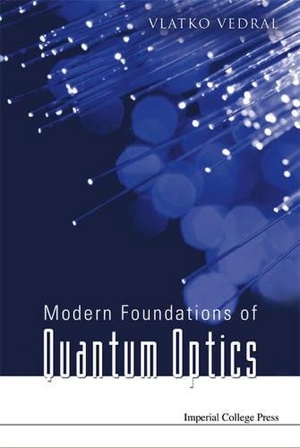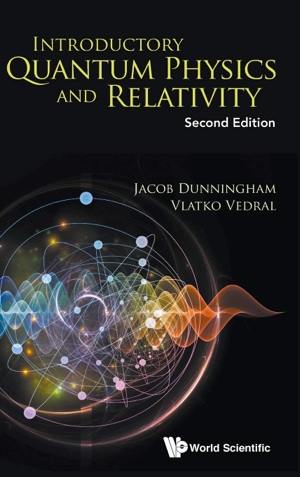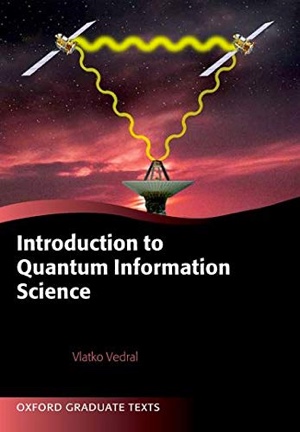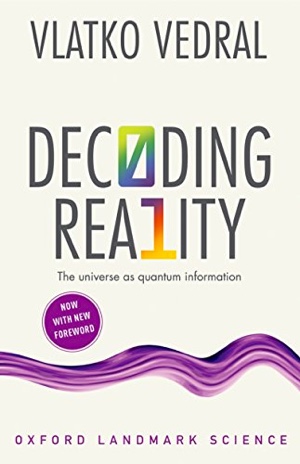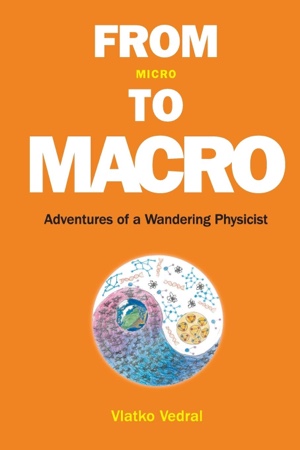Quantum Space-time and Human Vision
I’ve recently been reading an excellent book on the ancient Greek and medieval philosophy of space and time. The author is Richard Sorabji and the title of his 1983 exposition is “Time, Creation and the Continuum”. Sorabji is a historian of philosophy and his book has – for the first time – revealed to me the extent, intricacy and beauty of some of the arguments pertaining to the topic of space and time from that period. He describes many ancient Greek and post-Greek philosophers going all the way to the time of St. Thomas Aquinas, most of whom I was not aware of and whose arguments frequently match, contradict or even improve on the arguments advocated by the giants such as Plato and Aristotle.
Take this argument, by a philosopher I’d never heard of before, called Diodorus Cronus (died c. 284 BC). Diodorus intended to show that space cannot be continuous but must be made up of smallest units, what one might call the “atoms of space”. Yes, Democritus had already argued that matter is made up of atoms, however, he didn’t think about applying this concept to space itself. Diodorus’ argument is based on contradiction by asking the following question: is the farthest distance at which we can see an object the same as the closest distance at which the object is no longer visible?If the answer is “yes”, then we have a problem, since at that point we can both see and not see the object at the same time. If, on the other hand, the answer is “no”, then that means that there is a region between the two in which we don’t know what’s going on since it appears that we cannot see and cannot not see the object in there.
Since both the yes and no answers are impossible, it must be that there is a problem with the continuum (or so Diodorus concludes). If space was discrete, there would be no issues, since at one point the object would be still visible while at the next atom of space it would become invisible. (Sorabji calls this argument “ingenious” and you can certainly see why).
It should be noted that Diodorus’ argument is very much in the spirit of earlier arguments of Zeno’s, involving Achilles and a tortoise. Zeno tried to show that motion is impossible, but also hinting at the fact that this is because space was continuous. All such arguments ultimately follow the same logic: try to find something paradoxical, something inconsistent about the concept of the continuum and therefore discard it as a possible representation for spatial extent.
Now, I’d like to bring something new to the game which these ancient and medieval philosophers didn’t know about. Space being discretized is not the only way out of the contradiction. It could be that the light which bounces of off the object and enters our eyes allowing us to see it that is actually discretized. In fact, experiments with the human vision tell us that this exactly is the case!

Photo by Mahdi Bafande: https://www.pexels.com/photo/bright-lines-of-light-in-dark-background-14781138/
Shine a weak pulse of light onto someone’s eye and ask them if they see anything. The subject would sometimes say yes, sometimes no (if the pulse is weak enough – see what follows). It is tempting to think that the threshold for seeing is subjective and varies from human to human, however, remarkably, all healthy subjects report more or less the same responses which lead to more or less the same conclusions regarding what can and cannot be seen. Not only do all subjects display randomness in their answers as to whether they see the same weak pulse or not, but there is a minimum average intensity of the pulse required for us to see anything.
Both the randomness as well as the minimum threshold are consequences of the fact that light is made up of “atoms”. The atoms of light are, of course, called photons. A weak pulse contains a random number of photons (with what is called a Poissonian distribution of them). This is why, if on average the pulse has say 7 photons, sometimes only 3 will enter our eye, and sometimes we would get 8. In the former case, we cannot see the pulse while in the latter we do. Now, why is 7 – that happens to be the threshold for all healthy subjects – the number we need on average in order to be able to see something? It is tempting to say that this could just be a fluke of nature, a random mutation that haphazardly led to this number and not some other possible one.
However, this is not the case. There is a deep reason why we need 7 photons on average to see anything. It is because the rods and cones in our eyes are the molecules we use to detect light and they exist at ambient temperatures. The thermal energy at those temperatures makes them spontaneously jitter even when there is no light about. They will therefore spontaneously produce neurological signals even when they are not externally stimulated. And what is the average energy of these spontaneous excitations? You guessed it – it’s 6 photons worth of energy! So, evolution had to push our vision threshold to be higher than this in order to make sure that when we think we are seeing something it’s really because there is something out there to be seen. It’s not just random signals generated by the relevant molecules inside the retinas of our eyes.
Coming back to Diodorus, this means that it could be that the very same object, located in one and the same place, could sometimes be visible and sometimes not. But the reason for this would be that light comes in a superpositions of different numbers of photons from that object and into our eye. Therefore, the farthest distance at which we can see an object could indeed be the same as the closest distance at which the object is no longer visible! There is no contradiction there as far as space is concerned.
Incidentally, the same argument that we made about space could also be made about time (I couldn’t find it in Sorabji’s book but I am sure some philosopher or other must have thought about it too). Is the longest time at which we still hear the sound of the local church bell the same as the shortest time for which we can no longer hear that same sound? The exact same argument as above would suggest to us that neither yes nor no answers would be satisfactory. Therefore, or so Diodorus would have concluded, time too should be made up of the indivisible “time atoms”. In physics, the hypothetical time atoms are known as chronons but there is no experimental evidence for their existence (hence “hypothetical”).
However, in this case too, we could say that it is actually the sound that is discretized and not time. This too happens to be true. In analogy with photons, the particles of sounds are called phonons. However, I am not aware of any studies related to how many phonons on average we need in order to hear a sound; nor am I aware of any studies testing if the calibration of our hearing is, like with our slight, much the same across the human race. This would not be too surprizing either because the evolution must have acted in the case of hearing similarly to how it acted on our sight to bring us all to within a similar range of each other.
Of course, the fact that there might be a fault in Diodorus’ argument regarding discretization of space-time, does not mean that space-time is not discrete. Indeed, some approaches to quantum gravity do suggest that this could be so. They postulate quanta of space-time and work out various consequences of their would-be existence. I have nothing exciting to report on this front at present, but something tells me that the closest time in the future at which we might learn something new in this direction is much shorter than the longest time at which we might not.
Sign up to my substack if you'd like to have my articles delivered straight to your inbox
ASK ME ANYTHING!
If you'd like to ask me a question or discuss my research then please get in touch.
